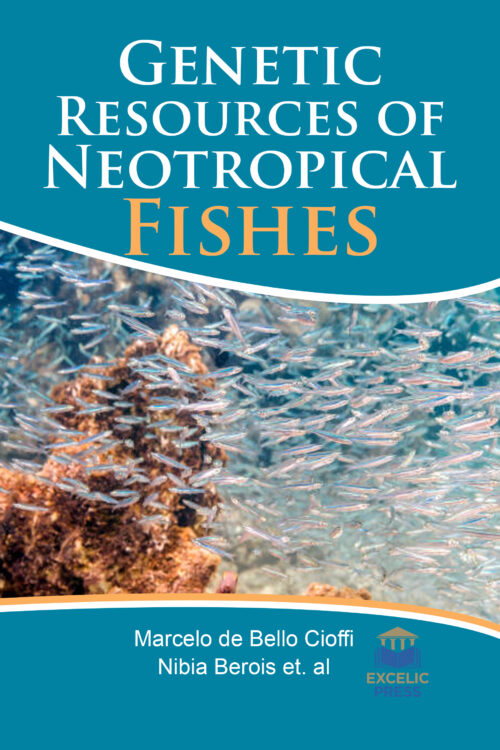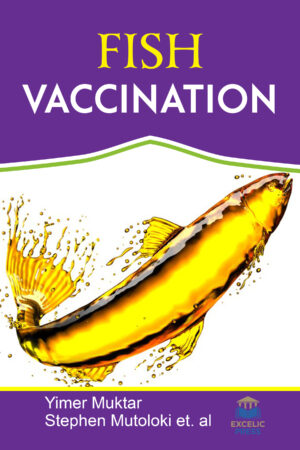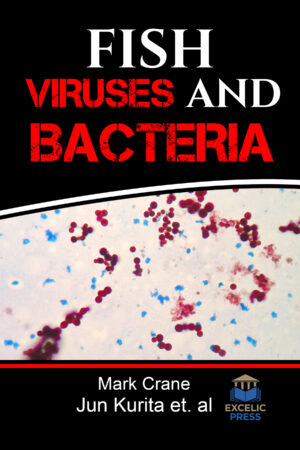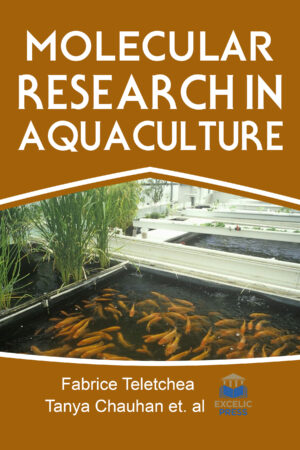Description
The fish faunas of continental South and Central America constitute one of the greatest concentrations of aquatic diversity on Earth, consisting of about 10 percent of all living vertebrate species. National policies have historically encouraged unsustainable practices, and recent decades have witnessed a sharp increase in harmful activities. Conservation of the Neotropical fish diversity is a key target to maintain world fish functional diversity, but this should not hide the pressing need to conserve the vulnerable fish faunas of the rest of the world, in which functional diversity is to a large extent supported by threatened species.
Genetic Resources of Neotropical Fishes is focused on identifying and differentiating the myriad species, circumscribing their habitats and geographic ranges, and resolving their phylogenetic interrelationships. It explores the genetic evaluation for a number of orders, families and species of Neotropical fishes, and provides an overview on genetic resources and diversity and their relationships with fish domestication, breeding, and food production. Neotropical fish species show an amazing variety of sex chromosome systems, where different stages of differentiation can be found, ranging from homomorphic to highly differentiated sex chromosomes. Here, we draw attention on the impact of recent developments in molecular cytogenetic analyses that helped to elucidate many unknown questions about fish sex chromosome evolution, using excellent characiform models occurring in the Neotropical region, namely the Erythrinidae family and the Triportheus genus.
In relation to populations in Neotropical marine waters, the studies have shown the presence of cryptic species, which has important implications for fishery management. Different levels of genetic structuring can be found among Neotropical freshwater migratory fish species. This raises important implications for fish population genetic diversity and consequently its sustainable utilization in inland fisheries and aquaculture, specifically for conservation of ichthyo-diversity and survival.
This book serves as beneficial guide to students, academic researchers and fish scientists worldwide to know more about the genetic value of the richest fish diversity in the world.





